Increased Focus on Patient-Centric Care
In the Clinical Risk Grouping Solutions Market, there is a growing emphasis on patient-centric care models. Healthcare providers are increasingly recognizing the importance of tailoring treatments to individual patient needs, which necessitates robust risk assessment tools. By utilizing clinical risk grouping solutions, providers can better understand patient demographics and health conditions, leading to more personalized care strategies. This shift towards patient-centricity is supported by data indicating that organizations implementing such solutions report improved patient satisfaction and engagement. Consequently, the demand for clinical risk grouping solutions is likely to rise as healthcare systems prioritize patient outcomes.
Technological Advancements in Data Analytics
Technological advancements in data analytics are significantly influencing the Clinical Risk Grouping Solutions Market. The integration of sophisticated analytics tools allows healthcare organizations to process vast amounts of patient data efficiently. These tools enable providers to identify patterns and trends in patient health, which is crucial for effective risk stratification. As organizations increasingly adopt electronic health records and other digital solutions, the reliance on data-driven decision-making is expected to grow. This trend is reflected in market data, which suggests that the adoption of advanced analytics in healthcare could enhance the accuracy of clinical risk assessments, thereby propelling market growth.
Growing Importance of Population Health Management
The growing importance of population health management is a key driver in the Clinical Risk Grouping Solutions Market. As healthcare systems shift towards managing the health of entire populations rather than just individual patients, the need for effective risk stratification becomes increasingly critical. Clinical risk grouping solutions provide the necessary tools to analyze population health data, identify at-risk groups, and implement targeted interventions. This trend is supported by data indicating that organizations focusing on population health management experience improved health outcomes and reduced costs. Consequently, the emphasis on population health is likely to drive demand for clinical risk grouping solutions.
Regulatory Support for Risk Management Initiatives
Regulatory support for risk management initiatives plays a pivotal role in shaping the Clinical Risk Grouping Solutions Market. Governments and regulatory bodies are increasingly advocating for the implementation of risk assessment frameworks to improve healthcare quality and safety. This support is evident in various policies aimed at incentivizing healthcare providers to adopt clinical risk grouping solutions. As regulations evolve, organizations are likely to invest in these solutions to comply with standards and enhance their operational capabilities. The alignment of regulatory frameworks with market needs suggests a favorable environment for the growth of clinical risk grouping solutions.
Rising Demand for Cost-Effective Healthcare Solutions
The Clinical Risk Grouping Solutions Market is experiencing a notable increase in demand for cost-effective healthcare solutions. As healthcare providers strive to optimize their operational efficiency, the need for effective risk management tools becomes paramount. These solutions enable healthcare organizations to categorize patients based on their clinical risk profiles, thereby facilitating targeted interventions. According to recent data, healthcare expenditures are projected to rise, prompting organizations to seek innovative ways to manage costs while maintaining quality care. This trend underscores the importance of clinical risk grouping solutions in enhancing resource allocation and improving patient outcomes, ultimately driving market growth.


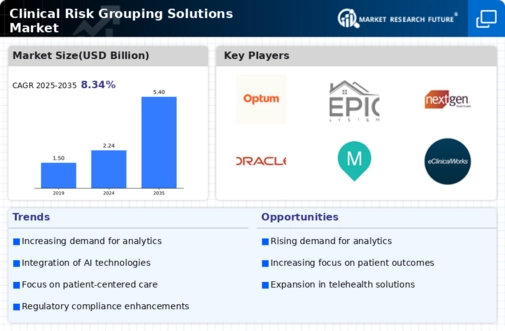
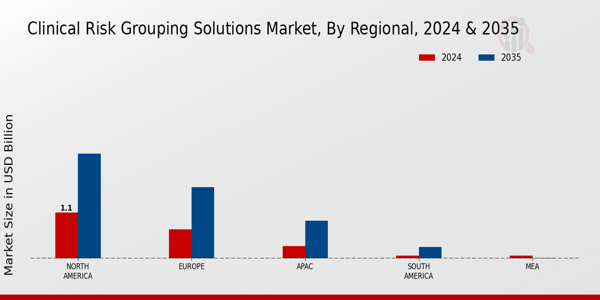
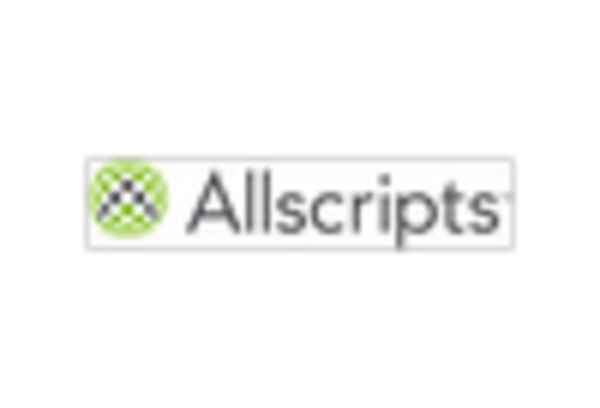
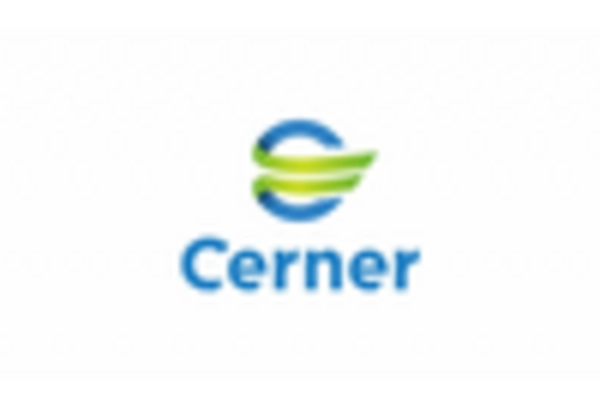
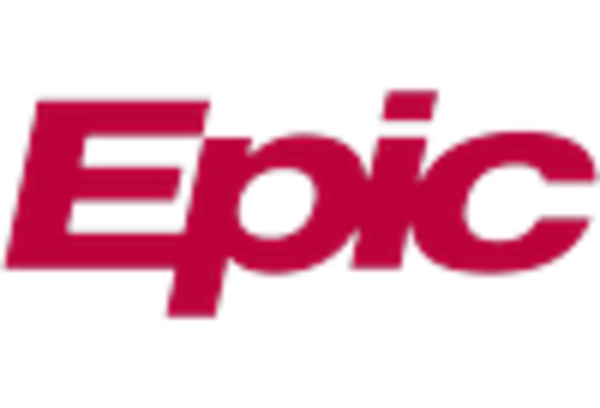
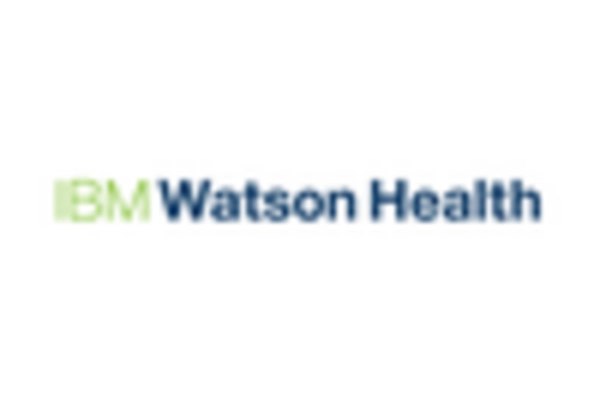
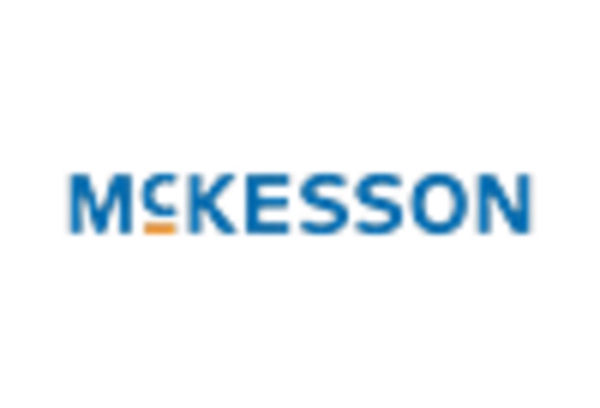
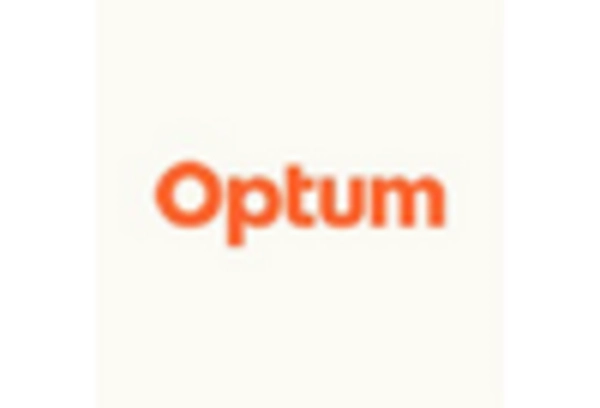








Leave a Comment